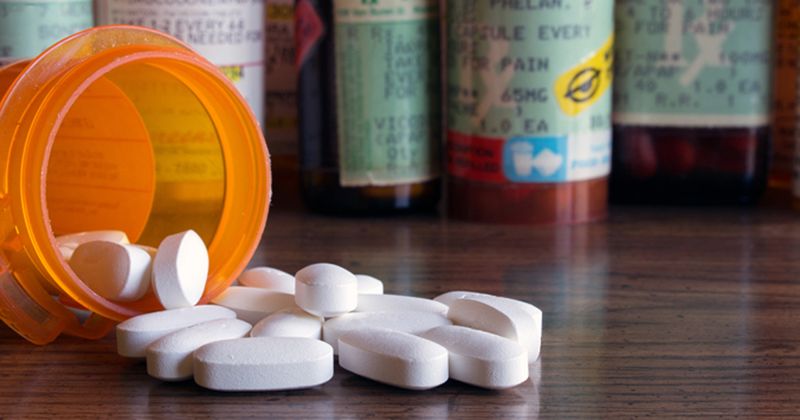Secukinumab fails to meet proof of concept in lichen planus
Key takeaways:
- Patients with lichen planus (LP) treated with secukinumab vs. placebo showed no significant difference in IGA improvement.
- These results raise questions about the role of IL-17A inhibitors in LP.
Secukinumab did not reach proof of concept in patients with lichen planus, according to results of a phase 2 study.
“Lichen planus (LP) is an immune-mediated skin disease with a prevalence of 1% to 2%. It can present with a broad spectrum of clinical manifestations affecting primarily the skin,” Thierry Passeron, MD, PhD, professor and chair of the department of dermatology at Université Côte d’Azur, and colleagues wrote.

These manifestations include cutaneous LP (CLP), which causes intense itching; mucosae LP (MLP), which causes pain; and lichen planopilaris (LPP), which affects the hair follicles and induces hair loss.
The multicenter, randomized, double-blind, placebo-controlled, parallel group PRELUDE study enrolled 111 subjects with CLP, MLP and LPP who were assigned to one of three separate baskets, or cohorts, depending on LP type.
Subjects were then randomly assigned to receive 300 mg of secukinumab, an IL-17A inhibitor, every 4 weeks for 32 weeks or placebo for 16 weeks, followed by secukinumab 300 mg every 2 weeks for 16 weeks.
At week 16, a greater proportion of patients treated with secukinumab achieved at least a 2-grade improvement in IGA response from baseline in the MLP cohort (37.% vs. 23.1%) and LPP cohort (37.5% vs. 30.8%), but not in the CLP cohort (44% vs. 58.3%).
Although the MLP and LPP secukinumab groups had numerically higher response rates than placebo, the proof-of-concept was not met.
Patients in the original treatment groups maintained the overall response rates through week 32, while patients who switched from placebo to secukinumab experienced varying degrees ofimprovement from weeks 16 through 32.
In the MLP cohort, 9.1% of those who switched from placebo to treatment at week 16 achieved IGA 2 results at week 32.
A follow-up, post-hoc analysis also found patients with MLP had a 23.9% higher IGA 2 response than those in the placebo group at week 16.
For those in the LPP treatment cohort, the response rate rose to 45.8% between weeks 16 and 32 and for those who switched from placebo to treatment, the IGA 2 rate rose to 63.6%. Additionally, good control of the disease was recorded, noting the potential for efficacy in this group.
All groups had similar adverse events, with the most frequent being worsening LP and headache. One serious adverse event (ulcerative colitis) in one patient from the MLP treatment group was considered related to treatment and led to discontinuation.
“Secukinumab was safe and well tolerated and showed different response rates across the three studied subtypes, with no response in CLP, and numerical IGA improvements in MLP and LPP, which would need to be confirmed in larger trials,” the authors wrote. “This raises the questions on the mechanistic role of interleukin-17A across LP subtypes and warrants robust comparisons of the molecular mechanisms.”
